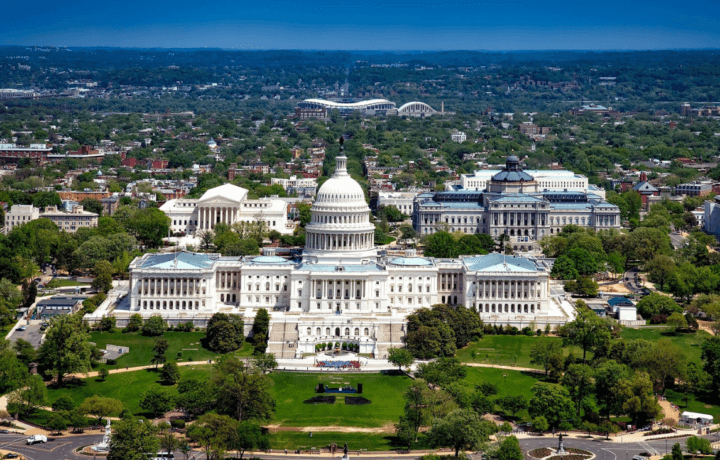The best way to forge ahead in the years to come is to look at the good, the bad, and the ugly in the past. If history has a way of repeating itself, we have to make sure what we’re doing is worth repeating. The recent report from the Partnership for Public Service and Boston Consulting Group takes a deep dive into the past 15 years of the federal government’s best places to work studies, learning from what works and what needs to change in the years ahead. While federal employees have the same needs as those in the private sector, the way that different agencies function often ignores those social norms. And as the new challenges continue to emerge, it’s critical to study the past and apply those lessons to the future.
Proving the Value of an Engaged Workforce
Most of the data used to develop the Best Places to Work in the Federal Government® rankings are collected through the Office of Personnel Management’s Federal Employee Viewpoint Survey. The rankings also include responses from employees at agencies that do not participate in the FEVS but conduct similar surveys with comparable methodologies. The report looks at categories on effective leadership, employee skills to mission math, compensation, strategic management, teamwork, innovation, training and development, work-life balance, diversity support, and recognition.
The Partnership for Public Service and BCG hypothesized that there’s a strong link between satisfied and committed workforces and lower turnover rates – just like the private sector. In an effort to build empirical evidence to support this idea, they investigated the link between employee engagement and workforce attrition using machine learning and data science to study the workforce data. Not surprisingly, the models showed a relationship between employee engagement and workforce attrition.
Where are all the Young People?
It’s not that we don’t want older public servants; however, as many decide to retire, the agencies also need a way to draw in the next generation of talent. The Partnership for Public Service states that less than 7% of the federal civilian workforce’s 1.9 million full-time employees are under the age of 30. However, nearly 20% of the employed U.S. labor force was under 30 in 2020. In order to build innovation and implement new skills and different ways of thinking, the federal workforce needs to better represent all age brackets. More internships and entry level positions that onboard younger talent will go a long way in meeting this need. However, it’s important to take a look at the specific needs and concerns of the next generation if we want to attract them. Simply doing things the way they’ve always been done will no longer cut it. The only way to know what people want is to ask them – something that the private sector often does. Mentoring is another key component in not only recruiting a younger workforce, but it also plays a role in retaining them.
Leadership is a Driving Force
If leaders create cultures, then the federal government as a whole needs to invest in developing effective leadership at every level. The way to drive workforce engagement and organizational performance is through satisfied and committed leaders. Informed decisions drive leadership’s ability to solve problems. And the right tools also make a difference in a leader’s ability to be effective. Whether that’s an organizational tool or personnel training, the right tools empower leaders to solve emerging problems. And it’s not just about getting a younger workforce in the door. Demonstrating a clear career path from the point of onboarding can create a higher level of commitment, as well as build future leaders with the initial career investment. Start building leaders early. Even if they leave and move on to the private sector, they become a trusted partner and ally.
Study the Past As We Head Into the Future
The years ahead bring challenges for the U.S. federal government – more than navigating pay freezes and shutdowns. Between addressing the fallout from the pandemic to solving the mounting foreign policy challenges, it’s important to make adjustments to federal agencies and improve employee engagement. It’s the people behind the agencies who navigate the challenges and create the successes of the future. Communication and recruiting strategies, as well as, better leadership development and mentoring increase the positive impact that the federal workforce will have on the future.
To read the full report, check out The Partnership or Public Service.



